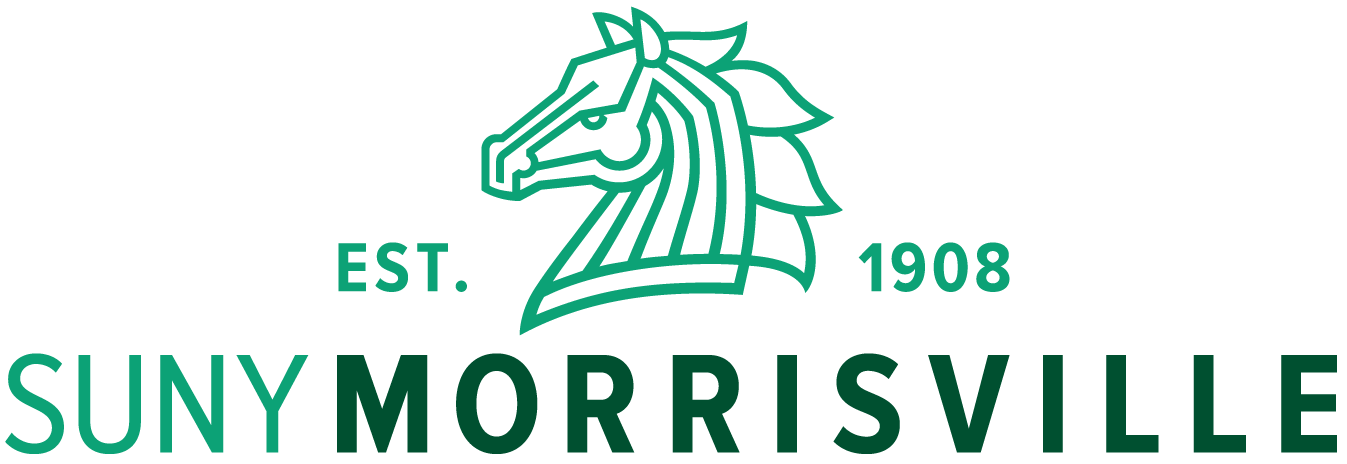MORRISVILLE, N.Y. — There’s a lot to look at in professor Elisa Livengood’s marine lab at SUNY Morrisville.
Colorful rock flower anemones, sea urchins and Aiptasia anemones are new species for student-driven projects in her research in aquatic science II class this semester.
“It’s an exciting lab,” said Livengood, associate professor of aquaculture & aquatic science. “There’s always something different and new focusing on our applied learning approach.”
The laboratory, which consists of several small-scale recirculating saltwater systems for the study of marine organisms, looks different every semester based on student-chosen projects, sometimes requiring rebuilds in preparation for different species.
Aquaculture & aquatic science student Rachel Soong is studying the spawning induction of two types of sea urchins — Orange Spine (Tripneustes gratilla) and Tuxedo (Mespilia cf glubulus). Sea urchins, spherical with numerous quill-like spines, live on coral reefs and intertidal zones, grazing along rocks and traveling along the ocean floor eating algae. In the marine trade, they often perform an important function of controlling algae in the home marine aquarium.
Soong came to SUNY Morrisville from Long Island seeking a program that would bond her with nature.
A year of preparation preceded the sea urchins coming to live in the lab. “We needed to know what they eat and about system design before they got here,” she said.
Students first investigate the species they will be working with and what is needed to maintain them in lab.
While she waits for the sea urchins to mature, Soong is conducting algal feeding trials, which involve learning how to grow food for the larvae as well as for the adults.
Rowan Coates, of Williamsburg, Virginia, is studying rock anemones, a sea anemone native to the Caribbean, an ornamental creature that dazzles ocean floors and tanks.
“Their role in the coral reefs is generally unknown, but our hope is to learn more about them,” Coates said.
“I knew I wanted to work in the marine field and when I saw the college’s program and what I could do here, that stirred my interest,” Coates said of her decision to attend SUNY Morrisville. “You get the opportunity to learn hands-on about different things and actually learn how to do what they teach you in the classroom.”
Dakota Hackett, of Otselic Valley, is preparing for the arrival of dwarf pufferfish (Carinotetraodon travancoricus) and is now researching their special diet of snails, which he’s raising in a separate classroom tank.
Current lab projects also include seahorse larva development and clownfish breeding genetics.
Tank-bred seahorses made their way to Livengood’s lab in 2018 and are providing students with applied research opportunities and lessons about breeding the species in captivity, vital information for the future of the aquarium industry and for conservation.
Livengood has been driving student interest in aquatic life since she joined the SUNY Morrisville faculty in 2015.
In addition to her unique lab experiences, aquaculture & aquatic science students gain hands-on skills in the college’s cold-water trout hatchery and the controlled environment agriculture (aquaponics) greenhouse, where they continue to research the propagation of paddlefish as a viable aquaponics species for caviar and food.
